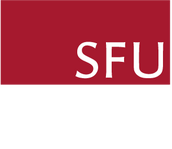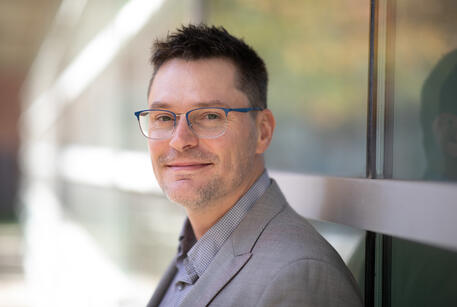Simon Fraser University


Movement Neurorehabilitation and neurorepair lab
"Life is just like riding a bike, to keep the balance we need to keep moving". The MoveNN lab studies how movement is generated, learned, and re-learned after central nervous system injury or dysfunction, such as stroke or spinal cord injury.
To study the mechanisms by which movement is restored, we employ animal models under three main lines of research:
Corticospinal Tract Integrity
the biological limits of neurorecovery
Upper extremity movement heavily relies on projections of the motor cortex, especially for controlling dextrous hand movements. The integrity of these brain-to-hand connections is an important predictor of upper extremity recovery after stroke or spinal cord injuries. We employ electrophysiology tools to test the integrity of brain-to-hand connections and their plasticity with neurorehabilitation strategies.
Neurorehabilitation technology
Automated systems for rehabilitation and neuromodulation
Environmental enrichment provides animals with social interaction and a variety of opportunities for moving. By moving, we can restore dysfunctional movement, a basic mechanism widely explored in neurorehabilitation/physiotherapy clinics. In rodents, we employ technology to quantify the amount of specific movements produced when recovering from injury - the dose of neurorehabilitation. Neurorehabilitation is combined with promising experimental strategies, such as pharmacological agents or stem cells, to enhance neurorecovery. When a patient is unable to move, or movement is very limited, neurorehabilitation strategies often involve the use of electrical stimulation (e.g., brain and spinal cord stimulation, functional electrical stimulation). We utilize optogenetic tools, electrical stimulation, and conduct use-dependent cellular activity analysis to elucidate novel strategies for neuromodulation through electricity.
Preclinical to clinical translation
pivotal trials and dataset analysis
We also collaborate with national and international research teams to advocate and expedite the translation of promising therapies to the end users. The interaction with clinicians and patients allows us to understand the patients` needs and tailor our preclinical studies to tackle relevant research questions.

Social media, Github, email contact

Dr. Gustavo Balbinot (PI)
Ph.D. Neuroscience
-------------------------------

Department of Biomedical Physiology and Kinesiology
Address: 8888 University Drive | Burnaby, BC | V5A 1S6 | Canada
Telephone: 778.782.3573
Fax: 778.782.3040
-------------------------------